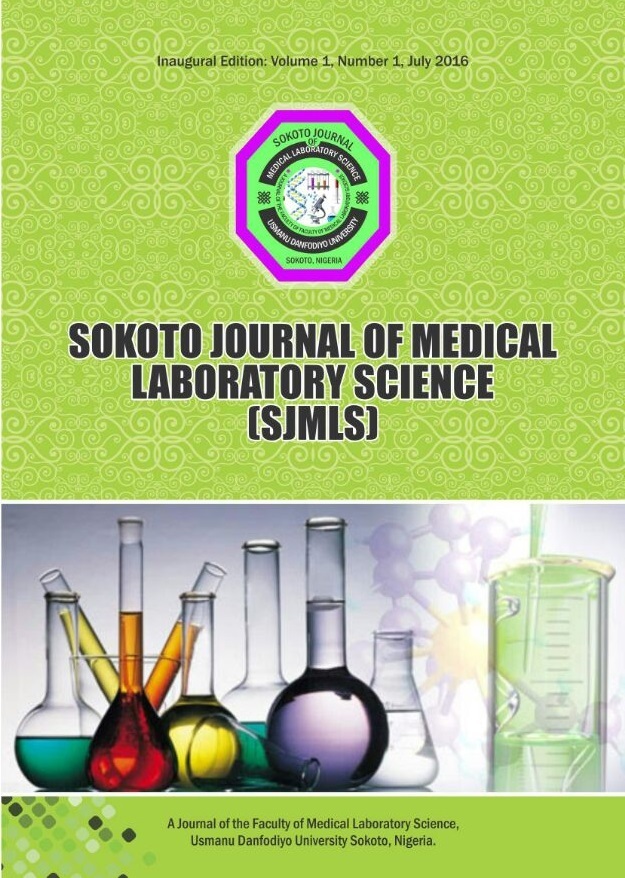Neutrophils: The Gatekeepers to Candidal Infection
Keywords:
Candida albicans, neutrophils, granules, neutrophils extracellular traps (NETs).Abstract
Candida causes a spectrum of infection from mild to severe deep-seated disease that is frequently fatal. The Candida albicans commonly exist as commensal on mucocutaneous tissues of humans but can turn opportunistic when immunity is compromised. Our immune system deploys both innate and acquired reactions to curtail the candida excesses. Also, candida devise processes to evade immune responses on virtually all levels. Strikingly, whenever polymorphonuclear neutrophils (PMN) count is below moderate neutropenia, from cancer, chemotherapy, or stem cell transplant, then invasive candidiasis rears its head. The PMNs produced by the human body at copious amounts reaching a trillion cell per day in response to inflammatory demand. The PMNs react to pathogenic candida through phagocytosis, secretion of antimicrobial peptides, degradative enzymes, mineral chelators, and formation of neutrophils extracellular traps (NETs). Also, PMNs produce chemokines and cytokines to aid cross-talk with other immune cells and control their appropriate tropism to an area of need. Cell to cell contact apart from autocrine and paracrine communication of cell mediators are all put to use by PMNs. The PMNs carry a payload of a diverse group of lethal chemicals in specialized granules: azurophilic, specific, tertiary, and secretory vesicles. Intracellular signalling regulates the secretion of PMNs granules. Of note, the production of NETs provides PMN with extra ability to restrain pathogens in the body. Subpopulations of PMNs exist in different tissues carrying specialized functions. Understanding the various roles of PMN in candidiasis can aid in the development of immunotherapy as the current antifungal therapy recorded a colossal setback.




